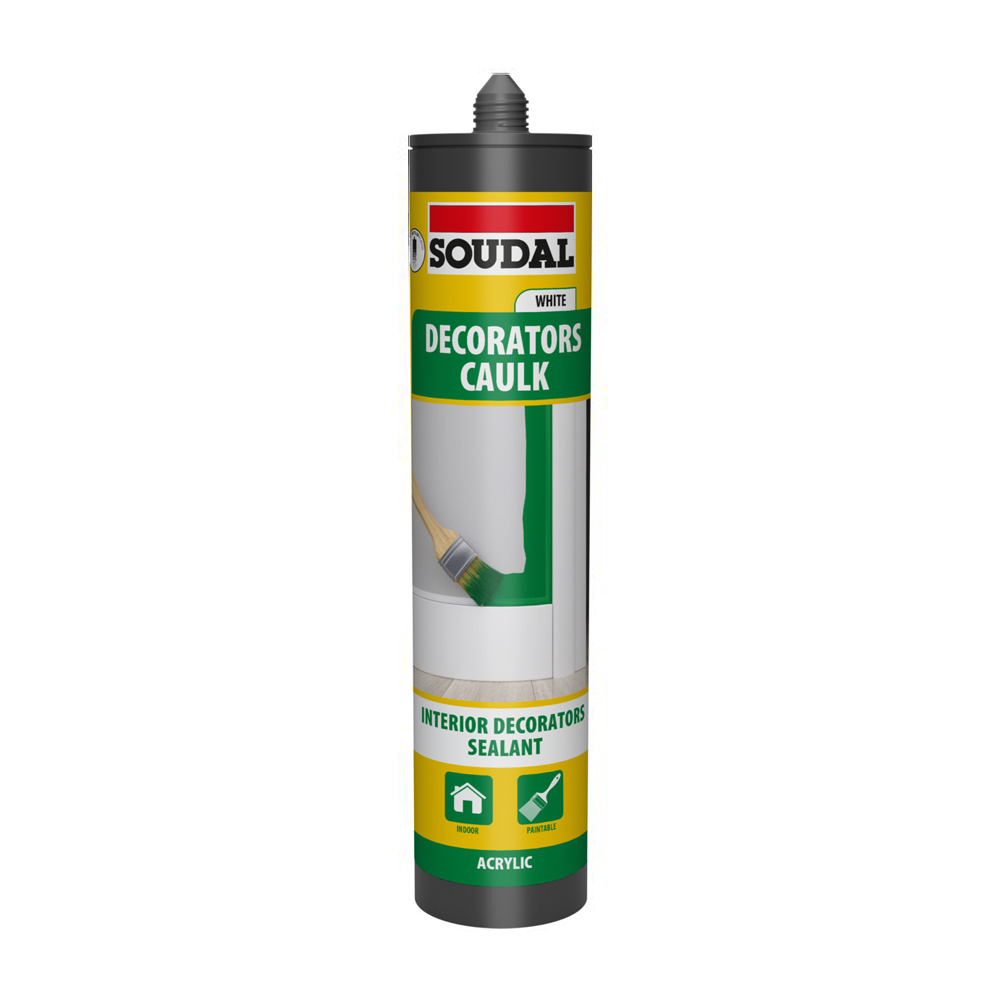
When it comes to maintaining the exterior of your house, one of the most important things you can do is properly seal any gaps or cracks. This not only helps to improve energy efficiency by keeping the cold air out in winter and hot air out in summer, but it also helps to prevent water damage and pests from entering your home. One of the most common methods of sealing these gaps is by using caulk. In this article, we will discuss the best caulk for the exterior of a house and provide some tips for DIY sealing and caulking.
Types of Caulk
Before we discuss the best caulk for the exterior of a house, it’s important to understand the different types of caulk available. There are two main types of caulk: silicone and acrylic.
Silicone caulk is best for areas that are exposed to moisture or extreme temperatures, such as around windows, doors, and gutters. It’s also great for filling gaps around pipes and other objects that penetrate through the exterior walls. Silicone caulk is flexible, making it a great choice for areas that experience movement or expansion.
Acrylic caulk is best for areas that are not exposed to moisture or extreme temperatures, such as around baseboards and crown moulding. It’s also great for filling gaps around non-penetrating objects, such as between siding boards. Acrylic caulk is paintable and easy to work with, making it a popular choice for DIY projects.
Best Caulk for Exterior of House
The best caulk for the exterior of a house depends on the type of material you’re working with and the specific needs of your project. Here are some of the best options for different types of materials:
Wood: For sealing gaps in wood, a silicone caulk such as DAP 100% Silicone Window, Door and Siding Sealant is a great choice. It’s waterproof and can withstand extreme temperatures, making it ideal for use around windows, doors, and siding.
Brick: For sealing gaps in brick, a silicone caulk such as DOWSIL 758 Silicone Weather Barrier Sealant is a great choice. It’s waterproof and can withstand extreme temperatures, making it ideal for use around windows, doors, and other penetrations.
Concrete: For sealing gaps in concrete, a polyurethane caulk such as Sikaflex 1A Construction Sealant is a great choice. It’s waterproof and flexible, making it ideal for use around windows, doors, and other penetrations.
Tips for DIY Sealing and Caulking
If you’re planning to tackle a DIY sealing or caulking project on the exterior of your house, here are some tips to help you get the job done right:
Clean the surface: Before applying any caulk or sealant, make sure the surface is clean and free of debris. Use a wire brush or sandpaper to remove any loose paint, dirt, or grime.
Use the right caulk: Make sure you’re using the right type of caulk for the material you’re working with. Refer to the manufacturer’s recommendations for guidance.
Cut the tip at an angle: When using a caulking gun, cut the tip of the caulk tube at a 45-degree angle. This will help you apply the caulk smoothly and evenly.
Apply the caulk in a continuous bead: Start at one end of the gap or crack and apply a continuous bead of caulk, using steady pressure on the caulking gun. Use a caulk smoothing tool or your finger to smooth the caulk into the gap.
Let it dry completely: Allow the caulk to dry completely before painting or exposing it to moisture. Refer to the manufacturer’s recommendations for drying time.
In conclusion, properly sealing gaps and cracks on the exterior of your house is an important aspect of home maintenance, and using the right caulk for the job can make a big difference in the effectiveness and longevity of your seal. By following these tips and using the appropriate caulk for your specific project, you can effectively seal gaps and cracks around your home and improve its energy efficiency and protection against the elements.
In addition to using caulk, there are other sealant options available for DIY projects on the exterior of your house. For example, if you have a leaky roof, you may need to use a roof sealant to prevent water damage. Roof sealant is typically made of silicone or polyurethane and can be applied with a brush or roller. It’s important to identify the source of the leak before applying the sealant to ensure it’s properly addressed.
Another option for sealing gaps and cracks is using weatherstripping. Weatherstripping is typically made of foam or rubber and can be applied to doors and windows to prevent drafts and improve energy efficiency. It’s easy to apply and can be a cost-effective solution for sealing gaps in these areas.
In summary, sealing gaps and cracks on the exterior of your house is an important part of home maintenance that can help improve energy efficiency, prevent water damage, and keep pests out. By choosing the appropriate caulk or sealant for your specific project and following these DIY tips, you can effectively seal your home and protect it from the elements.



